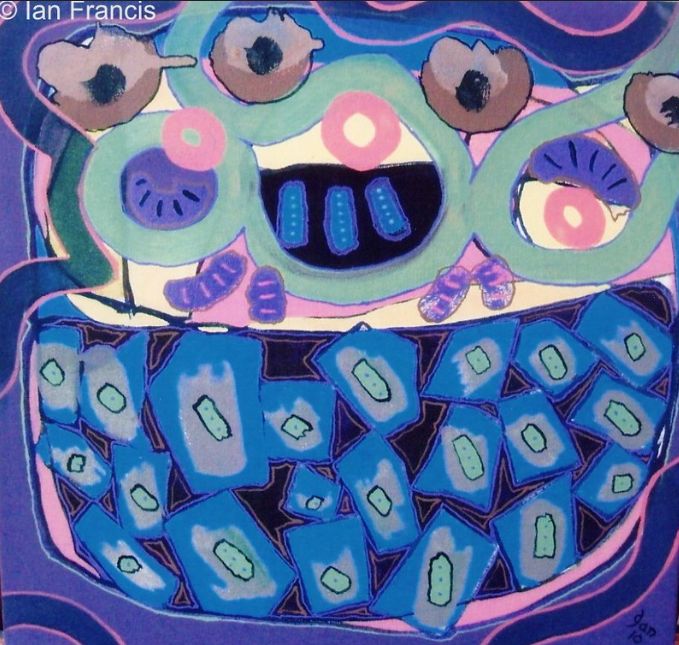
The diagnosis of OCD has been described in medicine for at least the past 100 years.
Statistics on the number of people who might have OCD range from 1% – 2% of the population. Interestingly, the frequency with which OCD occurs and the symptoms, with which it presents, are remarkably similar regardless of the culture of the sufferer.
The average age of the onset of OCD is 19 years. Although it often begins during the childhood or the teenage years, the OCD usually develops by the time the person is 30 years of age.
On average, more men are inflicted with this disorder than women.
Obsessive-Compulsive Disorder (OCD) is an illness that causes people to have unwanted thoughts (obsessions) and to repeat certain behaviour (compulsions) repeatedly. We all have habits and routines in our daily lives, such as brushing our teeth before bed. However, for people with OCD, patterns of behaviour get in the way of their daily lives. Most people with OCD know that their obsessions and compulsions make no sense, but they cannot ignore or stop them.
What are obsessions?
Obsessions are ideas, images, and impulses that run through the person’s mind repeatedly. A person with OCD does not want to have these thoughts and finds them disturbing, but he/she cannot control them. Sometimes these thoughts come just occasionally and are only mildly annoying. Other times, a person will have obsessive thoughts all the time.
What are compulsions?
Obsessive thoughts make people who have OCD feel nervous and afraid. They try to get rid of these feelings by performing certain behaviour according to “rules” that they make up for themselves. This behaviour is described as compulsions. (Compulsive behaviour is sometimes also referred to as rituals.)
For example, a person who has OCD may have obsessive thoughts about germs, because of these thoughts; the person may wash his/ her hands repeatedly. Performing this behaviour usually only makes the nervous feelings go away for a short time. However, when the fear and nervousness return, the person who has OCD repeats the routine.
What are some common obsessions?
- Fear of dirt/germs.
- Disgust with bodily waste/fluids.
- Concern with order, symmetry (balance), and exactness.
- Worry that a task has been done poorly, even when the person knows this is not true.
- Fear of thinking evil/sinful thoughts.
- Thinking about certain sounds/ images/words or numbers all the time.
- Need for constant reassurance.
- Fear of harming a family member or friend.
What are some common compulsions?
- Cleaning and grooming, such as washing hands, showering, or brushing teeth repeatedly.
- Checking drawers, door-locks, and appliances to be sure they are shut, locked, or turned off.
- Repeating actions, such as going in and out of a door, sitting down and getting up from a chair, or touching certain objects several times.
- Ordering and arranging items in certain ways.
- Counting to a certain number, over and over.
- Saving newspapers, mail, or containers when they are no longer needed.
- Seeking constant reassurance and approval.
Treatment of OCD
Getting professional help is the best way to deal with OCD. Treatment can help you gain control over your obsessions and to stop carrying out compulsions. Effective treatment includes psychotherapy using cognitive behavioural theory (CBT) combined with anti-depressants medication that contain ‘selective serotonin reuptake inhibitors’ (SSRIs).
Dr Vasos can help with Obsessive-Compulsive Disorder (OCD) problems and attendant issues.
